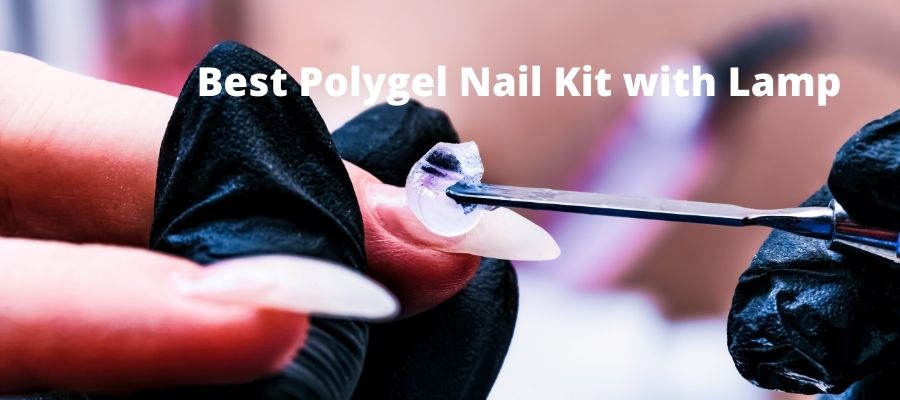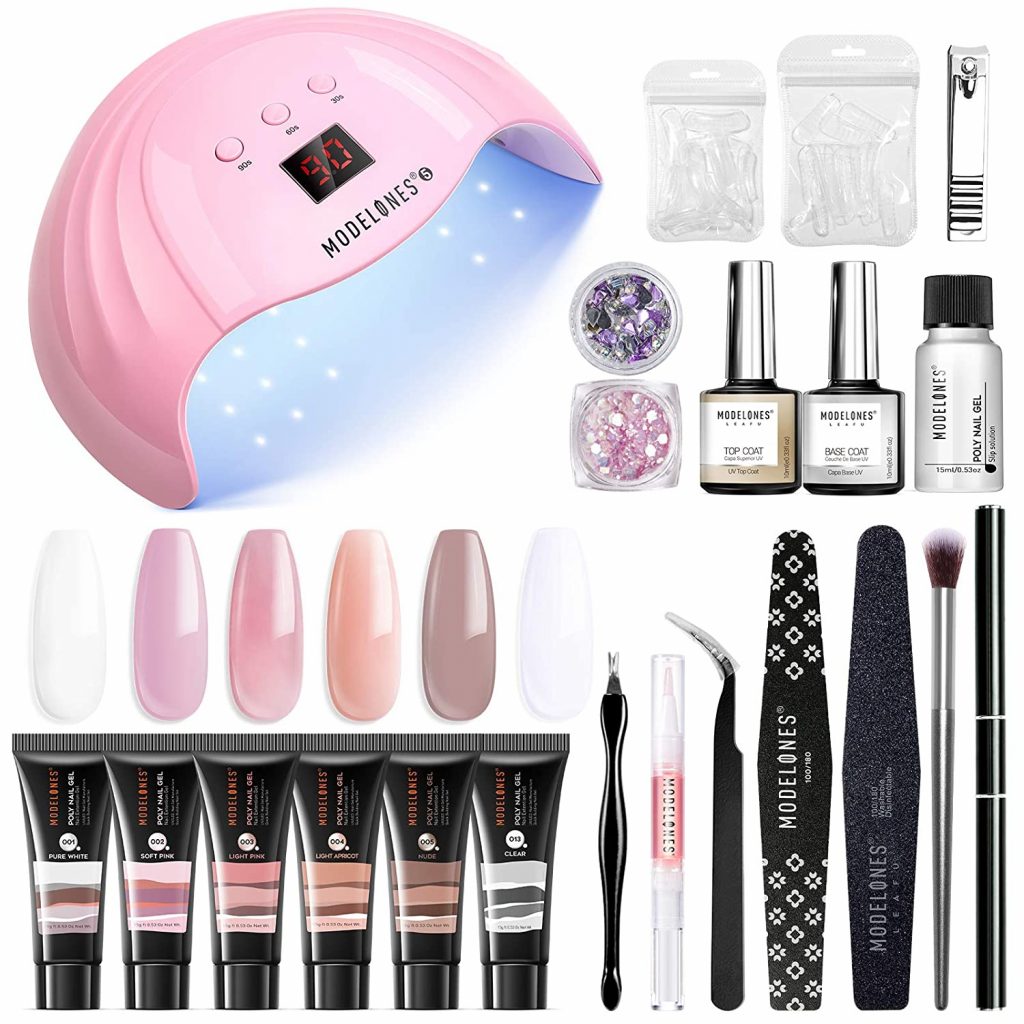Why Are My Nails Transparent?

Executive Summary

Have you ever looked at your nails and noticed they’re looking a little… translucent? It’s not necessarily a cause for alarm, but it can be a sign of something going on with your health or your nail care routine. In this comprehensive guide, we’ll explore the various reasons behind transparent nails, from simple dehydration to more serious conditions. We’ll also delve into how to prevent and address this issue, helping you achieve healthy, strong, and opaque nails.

Introduction
Transparent nails, also known as onycholysis, can be a disconcerting sight. While it might appear alarming, it often signifies a harmless issue like dehydration. However, there are instances where it could indicate an underlying health problem. Understanding the potential causes and taking proactive steps can ensure your nails are healthy and aesthetically pleasing.
What Causes Transparent Nails?
Here are some common reasons why your nails might be transparent:
1. Dehydration:
- Insufficient Water Intake: Our nails, like our skin, require adequate hydration. Dehydration can lead to thin and brittle nails, making them appear transparent.
- Dry Environments: Living in a dry climate or spending extended periods in heated or air-conditioned spaces can contribute to nail dehydration.
- Nail Polish Removal: Frequent use of harsh nail polish removers can strip your nails of their natural oils, leading to dryness and transparency.
- Over-Washing: Washing hands excessively with hot water and strong soaps can strip your nails of their moisture, causing them to become transparent and brittle.
2. Nutritional Deficiencies:
- Iron Deficiency: Iron is crucial for healthy blood cell production, and a deficiency can affect nail growth and strength, causing them to become thin and transparent.
- Biotin Deficiency: Biotin, a B vitamin, plays a role in keratin production, which is essential for strong nails. A deficiency can lead to brittle, transparent nails.
- Vitamin A Deficiency: Vitamin A contributes to nail growth and health. A deficiency can result in thinner, more translucent nails.
- Calcium Deficiency: Calcium is essential for strong bones and nails. Insufficient calcium can make nails brittle, thin, and more prone to transparency.
3. Underlying Medical Conditions:
- Hypothyroidism: An underactive thyroid can affect nail growth and strength, leading to thin, transparent nails.
- Psoriasis: This autoimmune condition can affect the nails, causing them to become brittle, discolored, and transparent.
- Anemia: Anemia, a condition where the blood doesn’t carry enough oxygen, can manifest in various ways, including nail changes, leading to transparency.
- Fungal Infections: Fungal infections can affect the nails, causing them to thicken, change color, and become transparent.
4. Age-Related Changes:
- Aging: As we age, our nails may become thinner and more brittle, contributing to transparency.
- Hormonal Changes: Fluctuations in hormones, particularly during menopause, can impact nail health and lead to transparency.
5. Trauma and Injury:
- Nail Biting: Repeatedly biting or picking at your nails can weaken them, leading to thinning and transparency.
- Nail Trauma: Injury or trauma to the nail bed can disrupt nail growth and cause transparency.
- Manicures and Pedicures: Aggressive nail treatments, like harsh manicures or pedicures, can damage the nail matrix, affecting nail growth and resulting in transparency.
- Artificial Nails: Long-term use of artificial nails can weaken the natural nail, making it more prone to thinning and transparency.
Frequently Asked Questions (FAQs):
1. Can I prevent transparent nails?
Yes, you can prevent transparent nails by maintaining a healthy lifestyle, including a balanced diet, adequate hydration, and proper nail care. Avoid harsh chemicals, excessive nail polish removal, and aggressive nail treatments.
2. Should I be concerned about transparent nails?
While transparent nails can be unsightly, they are often harmless. However, if you experience sudden changes in nail texture or color, or if the transparency is accompanied by other symptoms like pain or swelling, it’s advisable to consult a dermatologist or healthcare professional.
3. How can I treat transparent nails?
Treatment for transparent nails depends on the underlying cause. If it’s due to dehydration, increasing water intake and using a moisturizing hand cream can help. For nutritional deficiencies, addressing those through diet or supplements may be necessary. For medical conditions, seeking professional medical advice is essential.
Conclusion
Transparent nails can be a sign of dehydration, nutritional deficiencies, underlying medical conditions, aging, trauma, or even improper nail care. While they may be harmless in some cases, it’s important to be aware of the potential causes and seek professional advice if necessary. By maintaining a healthy lifestyle, practicing good nail care, and addressing any underlying issues, you can achieve healthy, strong, and opaque nails.
Keywords:
- Transparent nails
- Onycholysis
- Nail health
- Dehydration
- Nutritional deficiencies
- Medical conditions
- Nail care
- Nail trauma
- Nail growth



